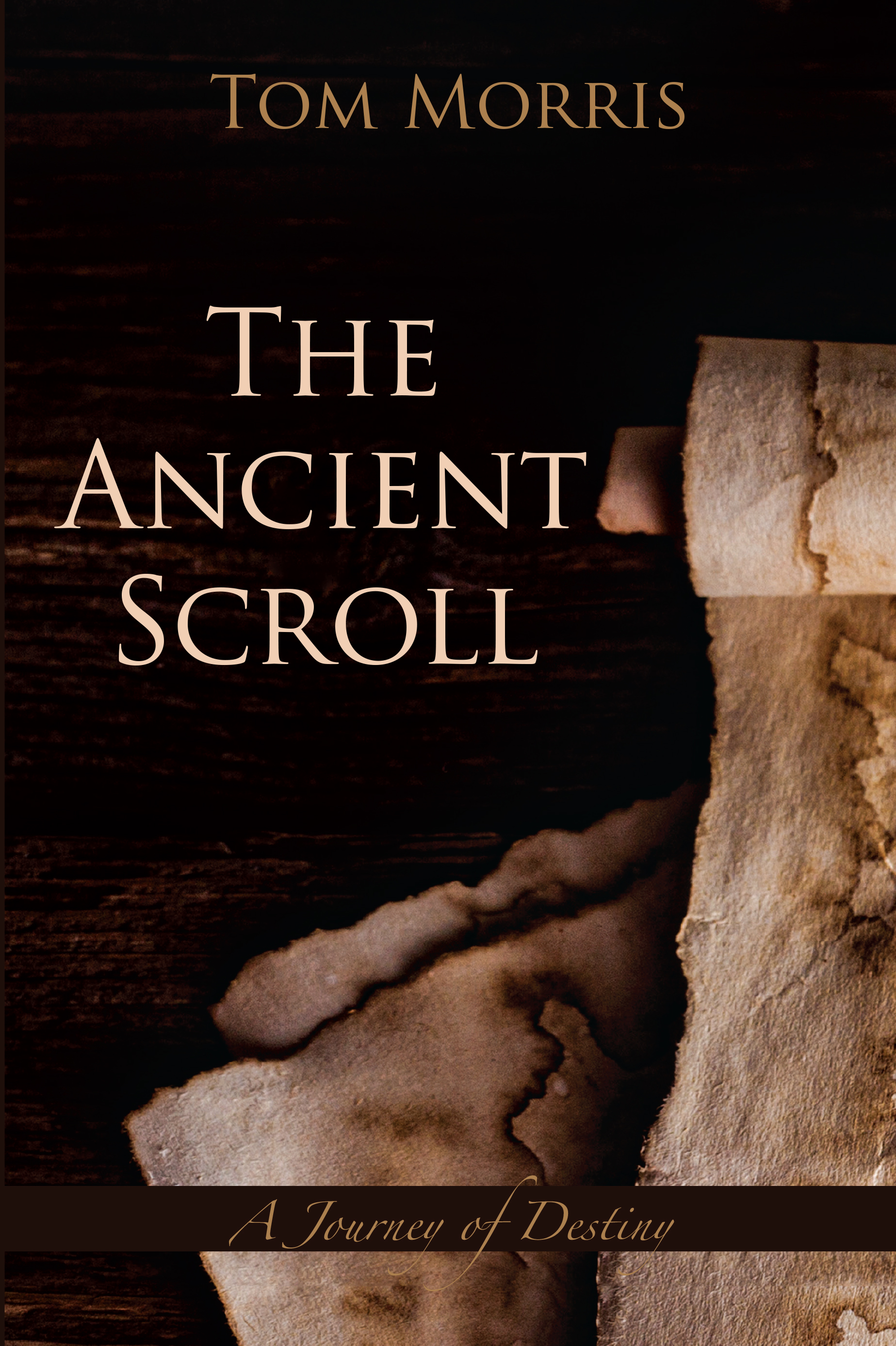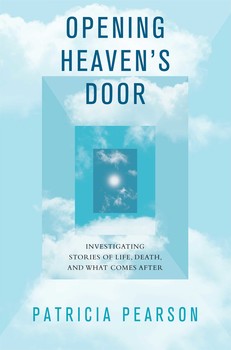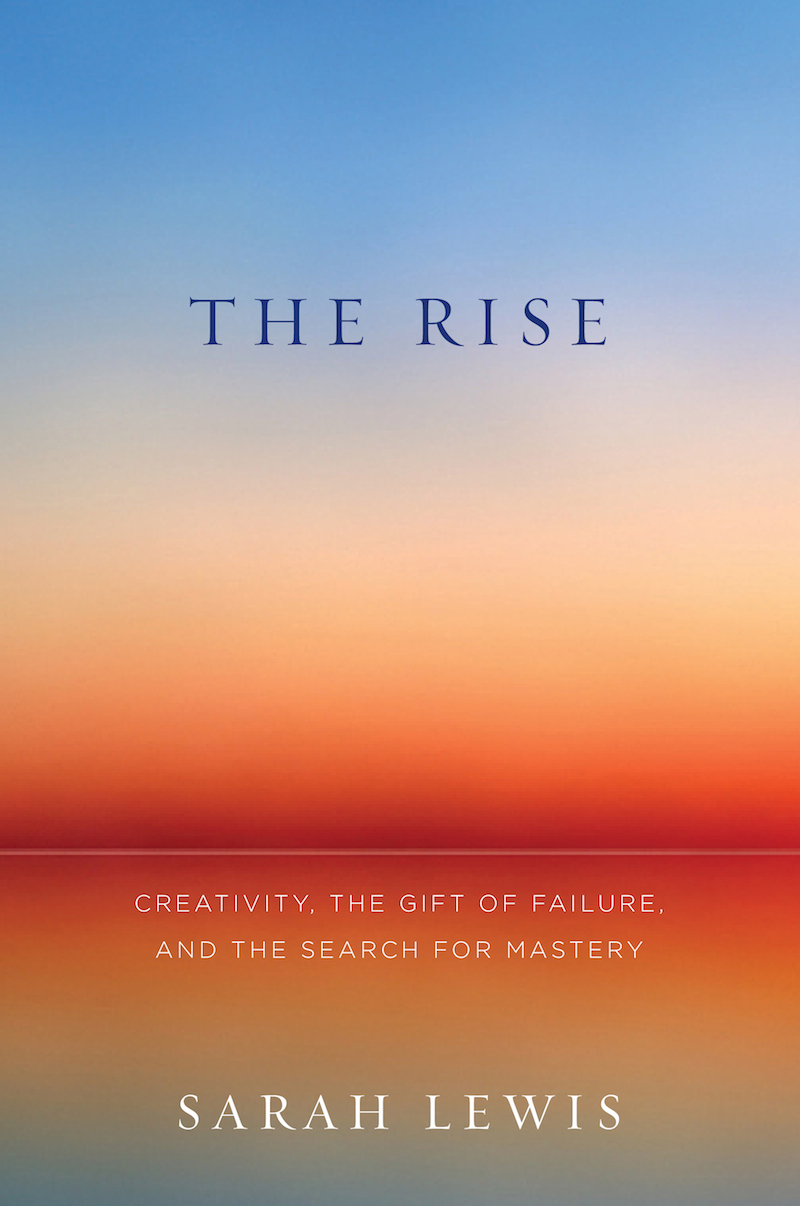“You need to get out of your comfort zone!” “It’s important to get as far out of your comfort zone as you can!” “You gotta escape your comfort zone!” “You’ll never experience real success or happiness or fulfillment until you get far out of your current comfort zone!” “Everything great happens outside your comfort zone!”
Approximately 12,347 public speakers, business gurus, and motivational mavens have thundered this advice from more than 1,928,342 stages, podiums, and small carpeted areas at the front ends of hotel meeting rooms for the past 20 years. Books are written around this injunction. Podcasts reinforce it. Blogs repeat it. And they all make it sound like the most important and universal advice you can ever hear coming from the mind, or mouth, or preferred media of another human being, while somehow also implying that it’s something revolutionary and great that, after millennia of human history, they’ve finally managed to discover and are willing and eager to tell you at last, now that you’ve heard all the other “secrets” to success so often spoken and written about everywhere else, and yet have strangely found them not quite to work as advertised.
The idea is simple enough. We all have habits, routines, patterns, and surroundings that give us a sense of normalcy, or comfort in knowing what we’re doing, what’s likely to come, and how to function without too much worry or deliberation. We get in a groove. There’s a small circle of light in which we all enjoy a sense of assurance and the warm glow of the ordinary. And as we often likewise feel under toasty bedcovers on a cold morning, we want to stay where we are. The last thing we want to go is get out of that snuggly place of pleasantness. But of course, we have to in order to accomplish anything of importance, or greater value in the world. Yes, and that’s a metaphor for life. We have to get out of our ruts, our actually dangerous comfort zones, in order to live the adventure we’re here to experience and in which alone true value and delight are to be found. That’s the message we’re sold over and over.
But there’s a major flaw in this ubiquitous advice and in how it’s given. Maybe it’s even a fatal flaw. How are we supposed to escape these insidious comfort zones? Well, you know that too. How many times have you been told to “Face your fears!” “Confront your demons!” “Do the thing that worries you most!”
And yet. The greatest exhibitions of excellence and joy I’ve ever seen on basketball courts or football fields, in concert halls and artists’ studios, in college seminars, business meetings, and on any of those stages in all those convention centers and hotel ballrooms where we’ve all been roused to new levels of inspiration, it was always an individual or team operating in the magic of “flow” in which they weren’t anywhere outside their comfort zones at all, but had created a superior and special zone of comfort in being and doing the very best in their various fields of endeavor. Their performances happened precisely in the middle of the sweet spot of a well cultivated and exalted comfort zone. The best TV newscasters, sportscasters, and talk show hosts aren’t nervously “facing their fears” and going “way beyond their comfort zones” in doing their jobs with ease and peak excellence each day. When they’re in front of the cameras, they’re in the very middle of their comfort zones, and that’s why they make it look so easy, with their natural and casual seeming performances.
But, wait, you may think to yourself: Didn’t all these great people now operating at the peak of excellence, didn’t they have to leave previous comfort zones in order to get to the ones they now occupy, and maybe many times, and isn’t that why the motivational speakers are always accosting us with their endless advice to get up off our butts and go and do the same, now and forever?
Well. The advice can seem good, and perhaps important, but even when it seems needed and appears to work, I would like to suggest that the focus of it isn’t quite right. The most successful people in the world don’t get to their peak performance level by simply leaving comfort zones, but rather by learning to take their comfort zones with them wherever they go. The standard motivational speakers and business gurus seem to think of comfort zones as mostly an outer thing, as really all about our normal circumstances or situations where we feel at ease. But what if a comfort zone is really supposed to be an inner thing, an existential state or inward attitude arising from our souls or spirits, and so is something we can bring with us into new circumstances?
Many years ago, when I was trying to go to sleep in my hotel room in New York City without much success the night before I was to undergo my first interview live on national television, an idea suddenly occurred to me that changed everything, settled my unraveling nerves, and allowed me to drift into the needed slumber that alone would prepare me for the high anxiety situation that awaited me only hours to come.
I was to appear on “Live! With Regis and Kathy Lee” at the peak of the morning television show’s popularity, in August of 1994. I had met Regis a year and a half earlier, and was thrilled to be invited to his show to help launch my new book “True Success,” my first nonacademic foray into publishing a book of helpful public philosophy. It was going to be great. The publisher was thrilled and sent their top publicist to be with me backstage, a bright young woman whose husband had written a movie I had just seen and found to be a real delight, the Stanley Tucci film about a restaurant called “Big Night.” But I’m getting ahead of myself. The night before my guest slot, as those in the biz would call it, as I was worried and nervous and scared half to death about making a fool of myself in front of many millions of people, I suddenly said to myself, “Wait a minute. Regis is as comfortable every day there on his set at the ABC Studios as I am in my classroom at Notre Dame (where I was a professor at the time). Our session is just going to be part of a normal day for him. He’s not out of his mind nervous, worried, and scared about it. It’s his comfort zone. That’s why he’s so good at it. So, Ok, I’m going to borrow some of his comfort tomorrow. I’m going to pretend like it’s a normal day for me, too, just like a day in classes at Notre Dame. Regis is going to lend me some of that television comfort and I’m going to use it and feel it and enjoy it and just go and have fun like he does every single day on the show.” And that was miraculous, and worked beautifully. My emotions and attitudes were calmed like a Biblical storm, and I was at peace and even eager, not anxious or scared half out of my mind. And the show went great. And ever since, I’ve managed to carry my comfort zone with me wherever I’ve gone, even if I had to borrow part of it from someone else to make it my own.
Ultimately, it’s an inner thing. It’s an inner game. And just remember that those motivational speakers who are urging you so convincingly to leave your comfort zone are bellowing out their advice from right smack in the middle of their own comfort zone if they’re any good at all. They brought it with them to the speech. So do as they do, not as they say. Take your comfort zone with you wherever you do.
Or here's another metaphor: Expand your comfort zone. Stretch it. Make it bigger. Don't ever abandon it. Either metaphor works, but I like to carry stuff around, and I make sure my zone surrounds me at all times.
But, sure, early in the process of learning how to take it with you, you’ll slip up now and then and find you’ve left your comfort zone behind. And outside it, you may make some progress working through anxiety or facing fear. Good for you. But when you realize that your comfort zone can and should go with you inwardly wherever you go, it will be revolutionary, and freeing, and truly inspiring after all. And then you can be truly great.
Oh, and you know that comfort I borrowed from my friend Regis? I forgot to give it back. Yeah. I still take it with me wherever I go. In fact, I have more than I need, in case you'd like to borrow some. Help yourself.
































